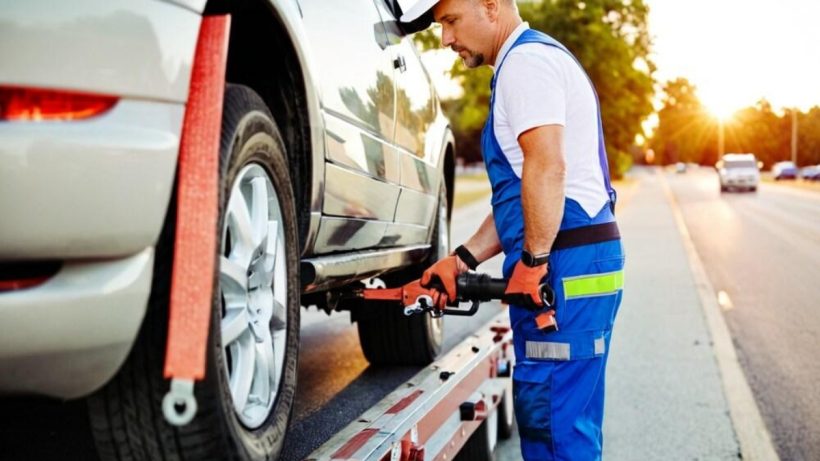Moving a vehicle between states can be a daunting task, especially if you’re doing it for the first time. Whether you’re relocating for a job, family, or simply a change of scenery, ensuring your vehicle arrives safely at its new destination requires careful planning and consideration. Here are seven essential tips to help you navigate the complexities of interstate vehicle transportation.
1. Research Auto Transport Companies
Start by researching reputable auto transport companies. Look for providers with positive reviews and proper licensing. The U.S. Department of Transportation’s Federal Motor Carrier Safety Administration (FMCSA) website is a useful resource for checking a company’s license and insurance status. Get multiple quotes to compare prices but beware of quotes that seem too good to be true—they often are. For a variety of transport options, consider checking out https://www.shiply.com/us/vehicle-shipping which offers an easy way to receive bids from multiple transporters.
2. Choose the Right Type of Transport
Decide whether you need open or enclosed transport. Open transport is more common and affordable; however, it exposes your vehicle to the elements and potential road debris. Enclosed transport offers more protection against the elements and is a better option for luxury or classic cars, though it can cost up to 50% more than open transport.
3. Prepare Your Vehicle for Transport
Preparing your vehicle for transport is crucial. Clean your car inside and out to easily spot any dings, scratches, or damage caused during the move. Remove all personal items and important documents since insurance typically doesn’t cover personal belongings left inside. Ensure your car is in good running condition—check the battery, tire pressure, and fluid levels. If your vehicle is not operable, notify the transporter as it may require special arrangements and could cost more.
4. Understand Insurance Coverage
Before handing over your car, understand the insurance coverage provided by the auto transporter. Request a copy of the insurance policy and verify what is covered and what is not. Most companies provide basic liability insurance, but you may want to consider additional coverage for peace of mind, especially if your vehicle is particularly valuable.
5. Document the Vehicle’s Condition
Document your vehicle’s condition before transport. Take clear photographs from different angles and note any existing scratches, dents, or other issues. This documentation will be vital if you need to file an insurance claim for damages incurred during transport.
6. Be Flexible with Delivery Times
Be aware that shipping a vehicle across states isn’t like sending a package: it can be unpredictable. Weather, traffic, and other factors can affect delivery times. Be flexible and maintain open communication with your transport company to receive updates as your vehicle moves across states.
7. Inspect Your Vehicle Upon Arrival
Once your vehicle arrives, inspect it thoroughly in the presence of the driver. Compare its condition against the pre-transport photos and documentation. If there are discrepancies or new damages, note them on the bill of lading and take photographs as evidence. Don’t sign the delivery documents before completing a thorough inspection.
Conclusion:
Moving your vehicle between states involves more than just handing over the keys to a transport company. It requires diligence in choosing the right service, preparing your vehicle for the journey, understanding insurance nuances, and knowing how to handle the delivery process. By following these seven tips, you can ensure that your vehicle relocation is as smooth and stress-free as possible, with your car ready to take on the roads in its new home state.
